Mining information using diffusion models
Outline
- Diffusion models
- Overview of distillation techniques
- Diff-mining paper
- Current project/idea
Diffusion models
- A forward process gradually noising an image \(x\): \[ x_t^\epsilon = \sqrt{\alpha_t} x + (1-\sqrt{\alpha_t})\epsilon \]
- A denoiser \(\epsilon_\theta(x_t^\epsilon, t)\)
- Trained by minimizing \[ L_t(x, \epsilon) = ||\epsilon_\theta(x_t^\epsilon, t) - \epsilon||^2 \]
- Optionnally the denoiser \(\epsilon_\theta(x_t^\epsilon, t, c)\) is conditioned on an input \(c\) (e.g. text)
Diffusion models
Diffusion models are generative models that gradually denoise a noisy input

Diffusion models: score function
The score of a probability density \(p(x)\) is the derivative of the log-density \(\nabla_x \log p(x)\) (vector field)
Following this vector field is equivalent to sample new examples
Denoising process ~ following the score at different noise levels

Main application: text-to-image (memes and jokes)
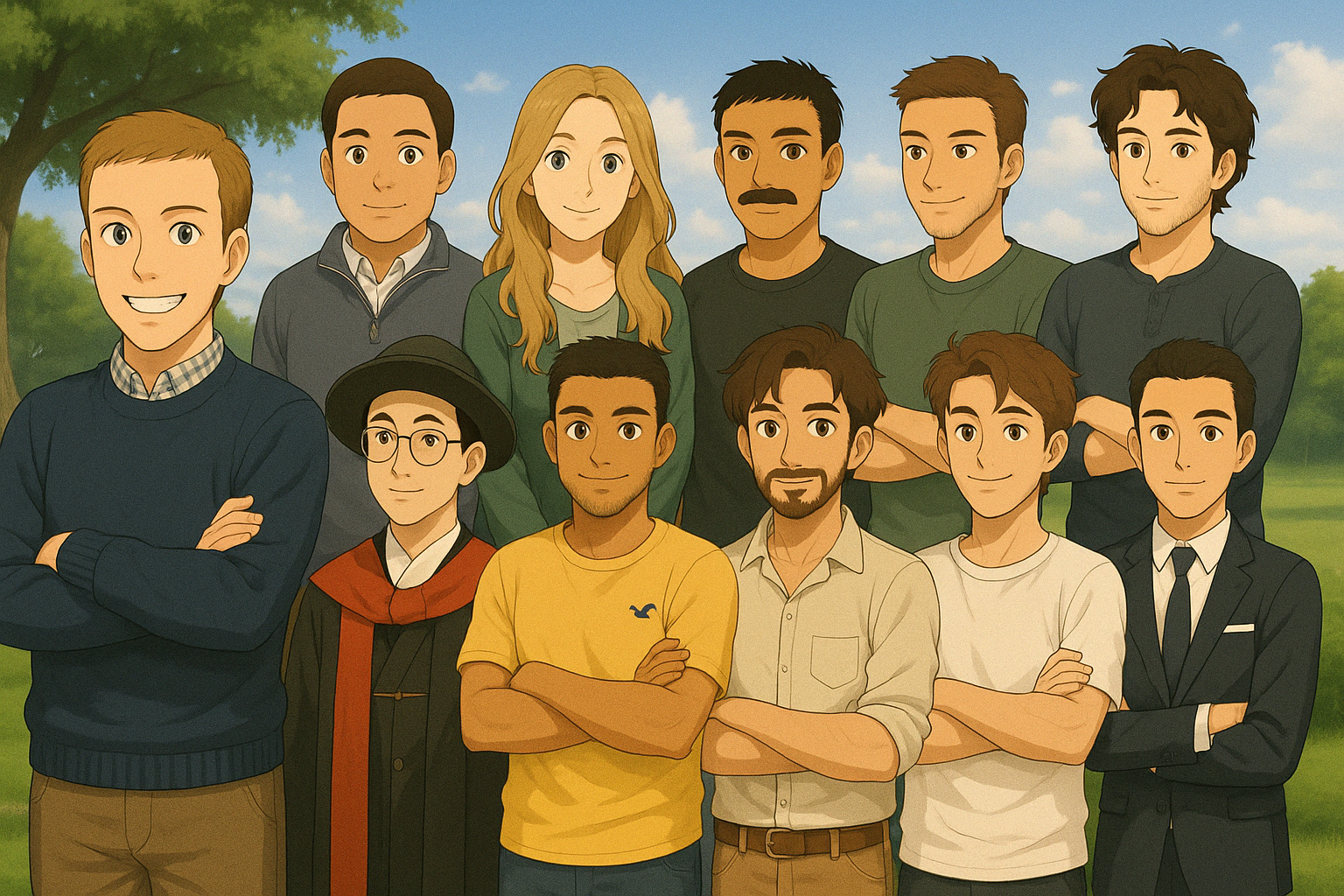
“A ghibli style photo of the group”
Diffusion models carry out information


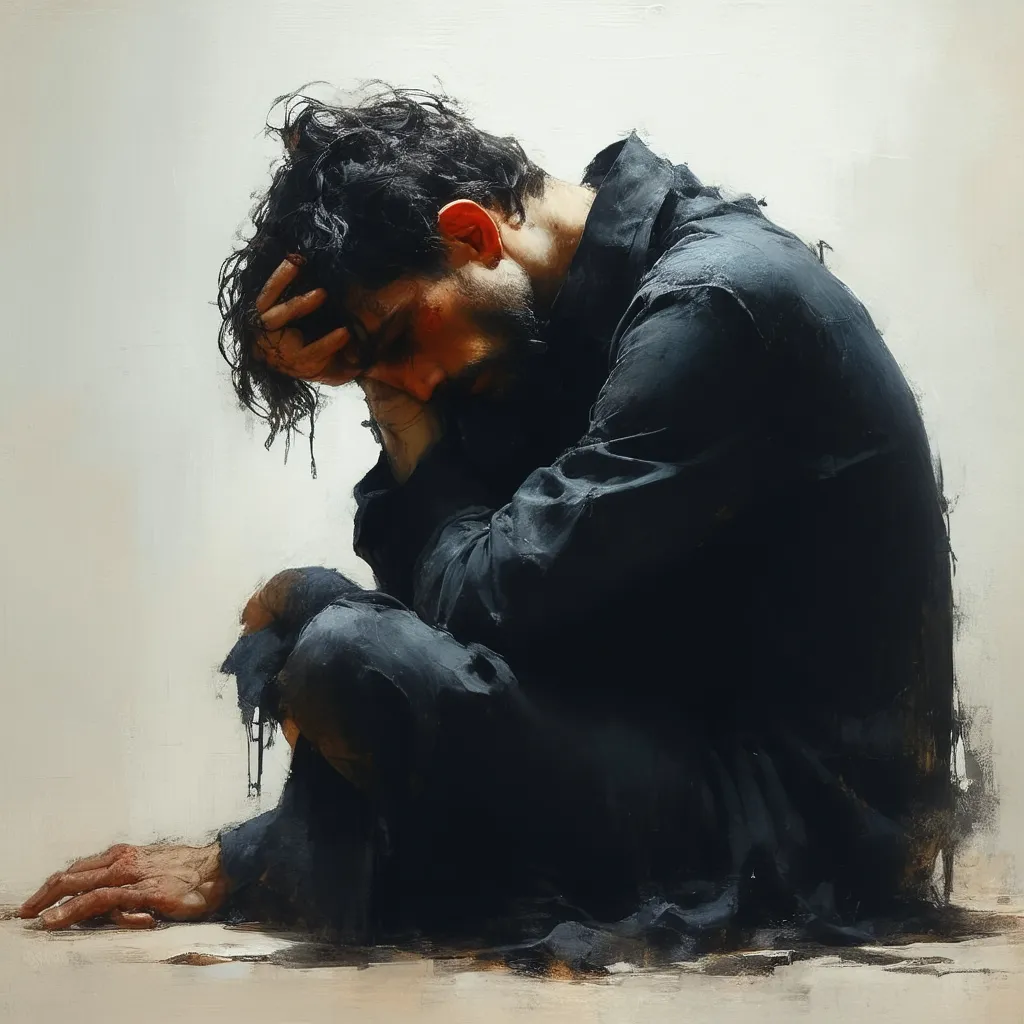
Diffusion models carry out information



There are many ways to distill or mine this information !
Score distillaton sampling (2D-to-3D)
Score distillation sampling 1 is a technique for transferring knowledge from a source domain (2D) to a target domain (3D) with
- A trained denoiser on the source domain
- A differentiable representation \(\psi\) on the target domain
- A differentiable function \(x = g(\psi)\) target -> source domain
By “following” the score on the source domain, we can successfully obtain realistic/faithful representation on the target domain
Score distillaton sampling (2D-to-3D)
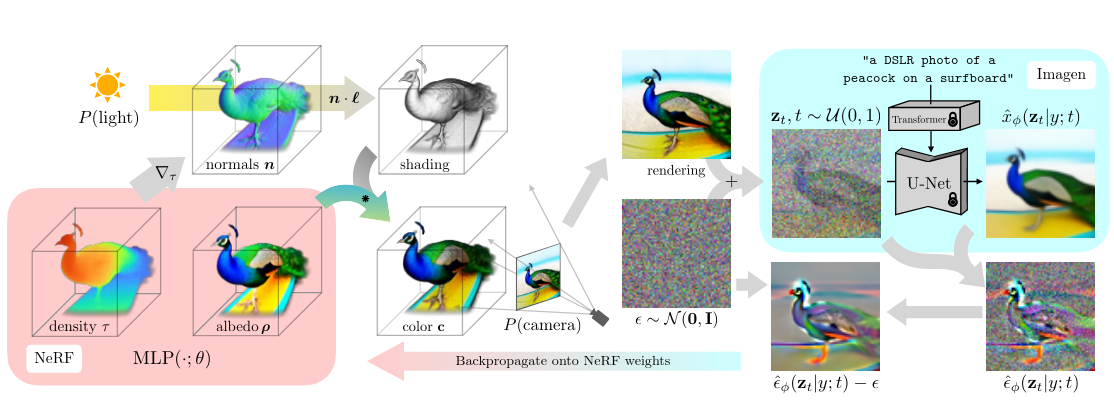
Score distillaton sampling (2D-to-3D)
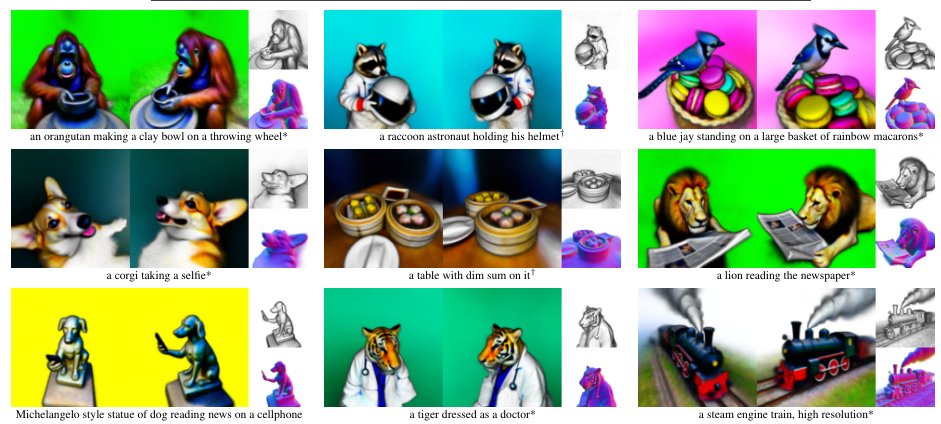
Score distillation (shape matching)
An efficient way to compute matching between shapes is via deep functional maps 1, that approximates a matching via a functional map matrix C.

Assuming we have a set of groundtruth functional maps, we can learn a functional maps diffusion model and leverage SDS for zero-shot shape matching!
Score distillation (shape matching)
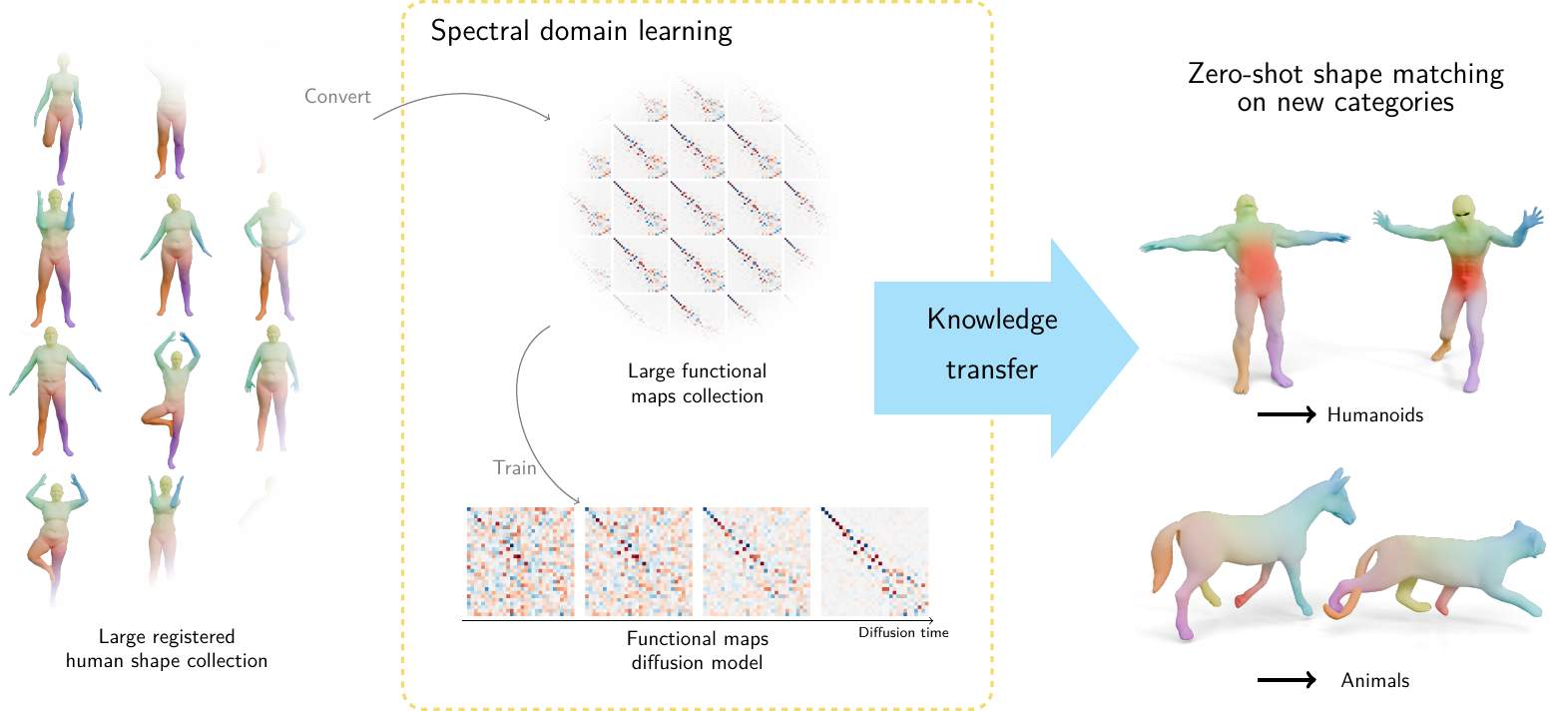
Dataset generation/augmentation
DiffusionDB 1 contains 14 million curated images generated using StableDiffusion

Application : Fine-tuning a Image-to-3D diffusion model
Hi-3DGen 1 finetunes TRELLIS 2, an Image to 3D model, using synthetic detailed Image-3D pairs 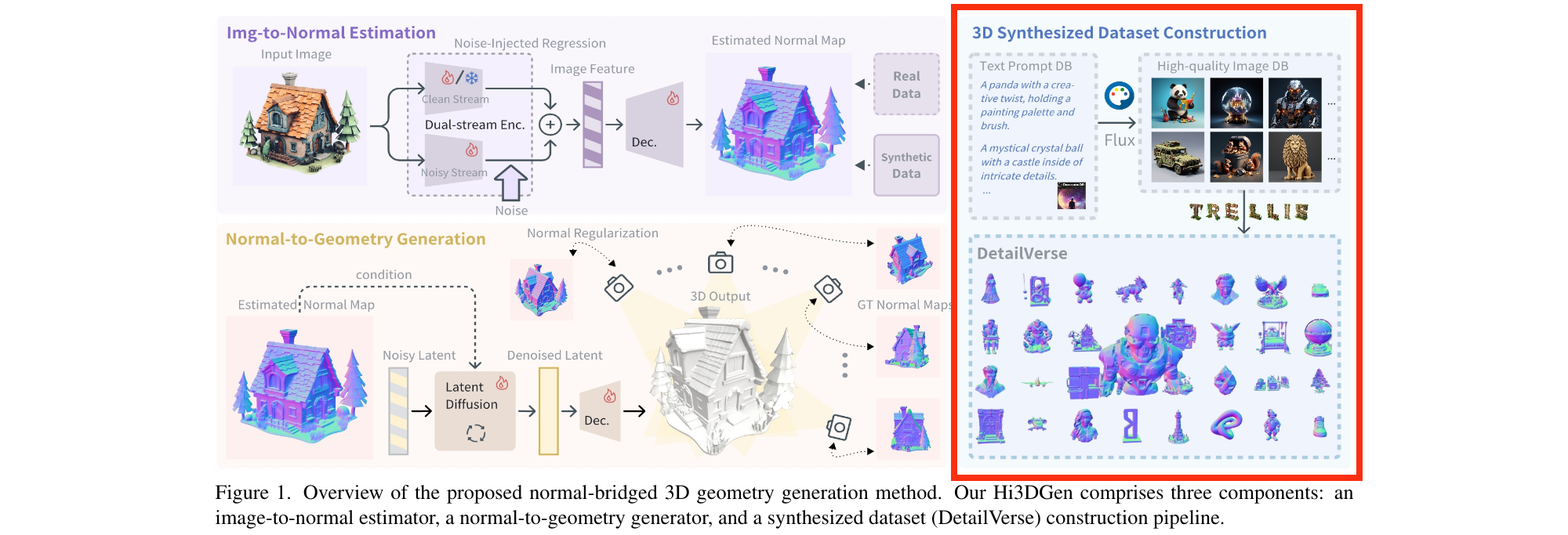
Application : Fine-tuning a Image-to-3D diffusion model
Hi-3DGen is able to capture finer details from images compared to the initial TRELLIS model
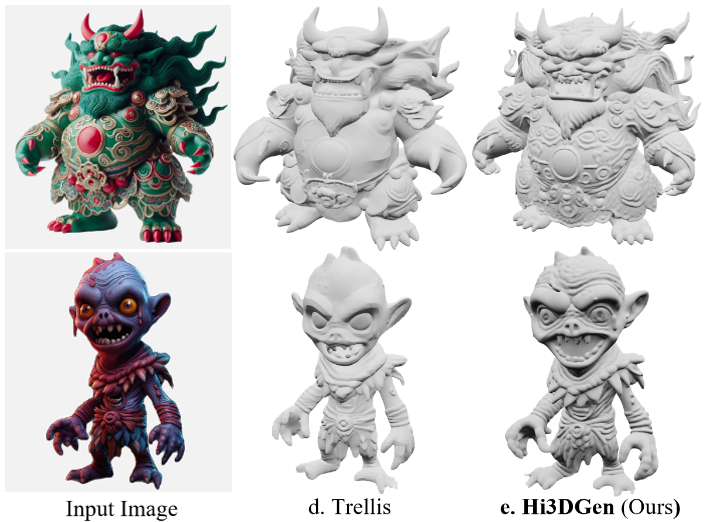
Trellis vs Hi-3DGen
Application: Discovering Human-Object Interaction
CHORUS 1 learns Human-Object interaction from synthetic images.

Image correspondence
Diffusion models implicitly learns correspondences. The features of a trained denoiser can be used for zero-shot image correspondences (no fine-tuning) 1.
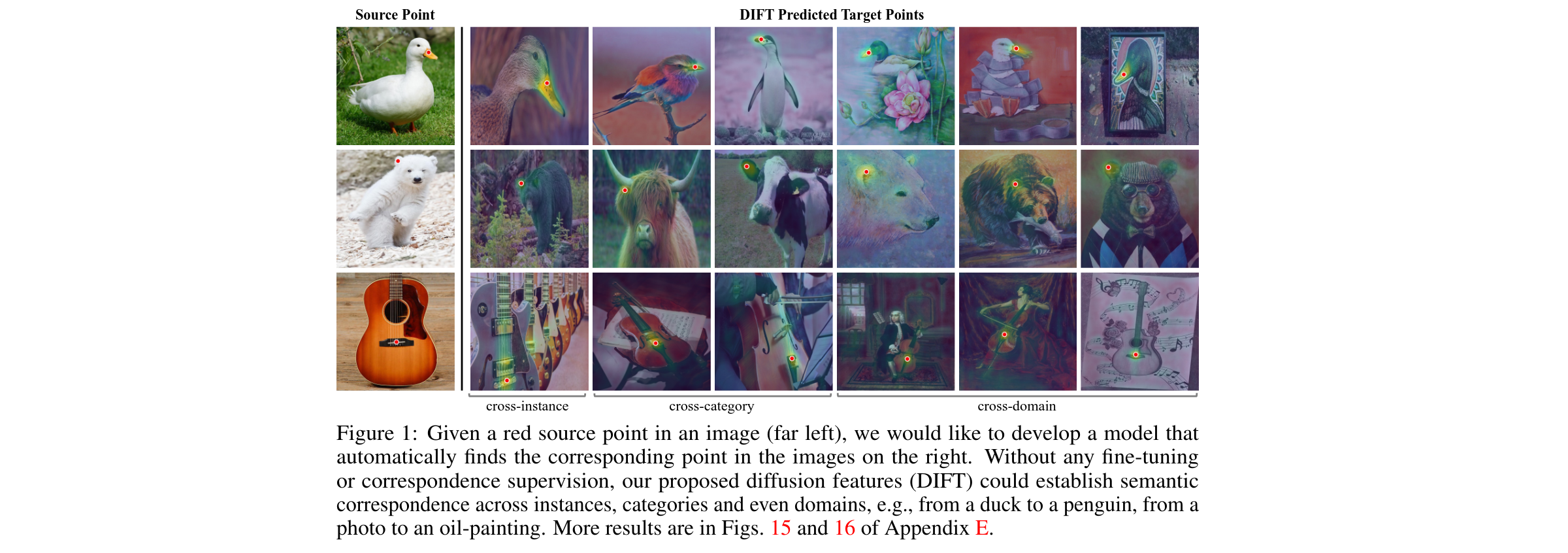
Diffusion models as data mining tools
Can you guess where the photo comes from?
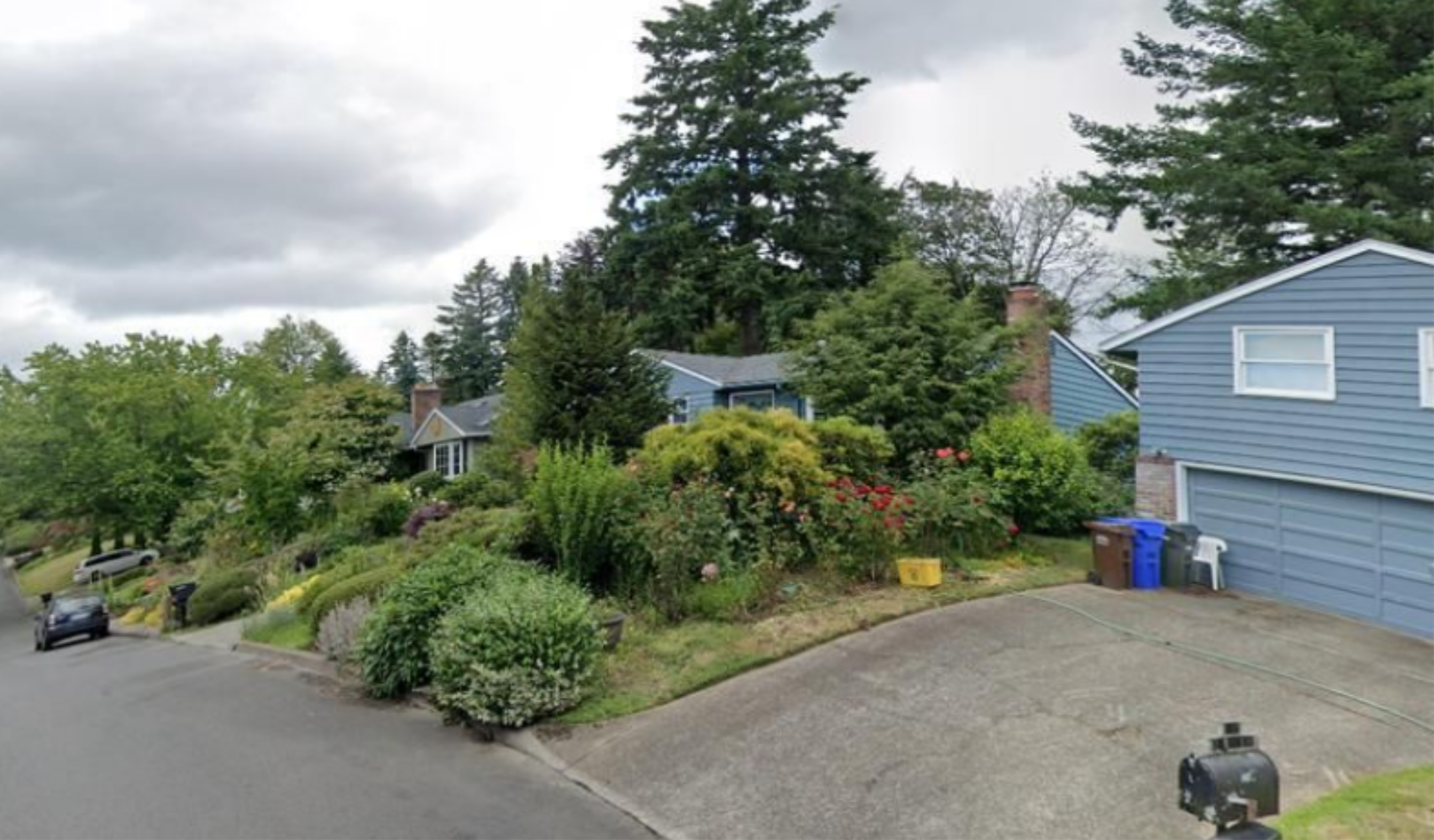
Diffusion models as data mining tools
Answer: USA
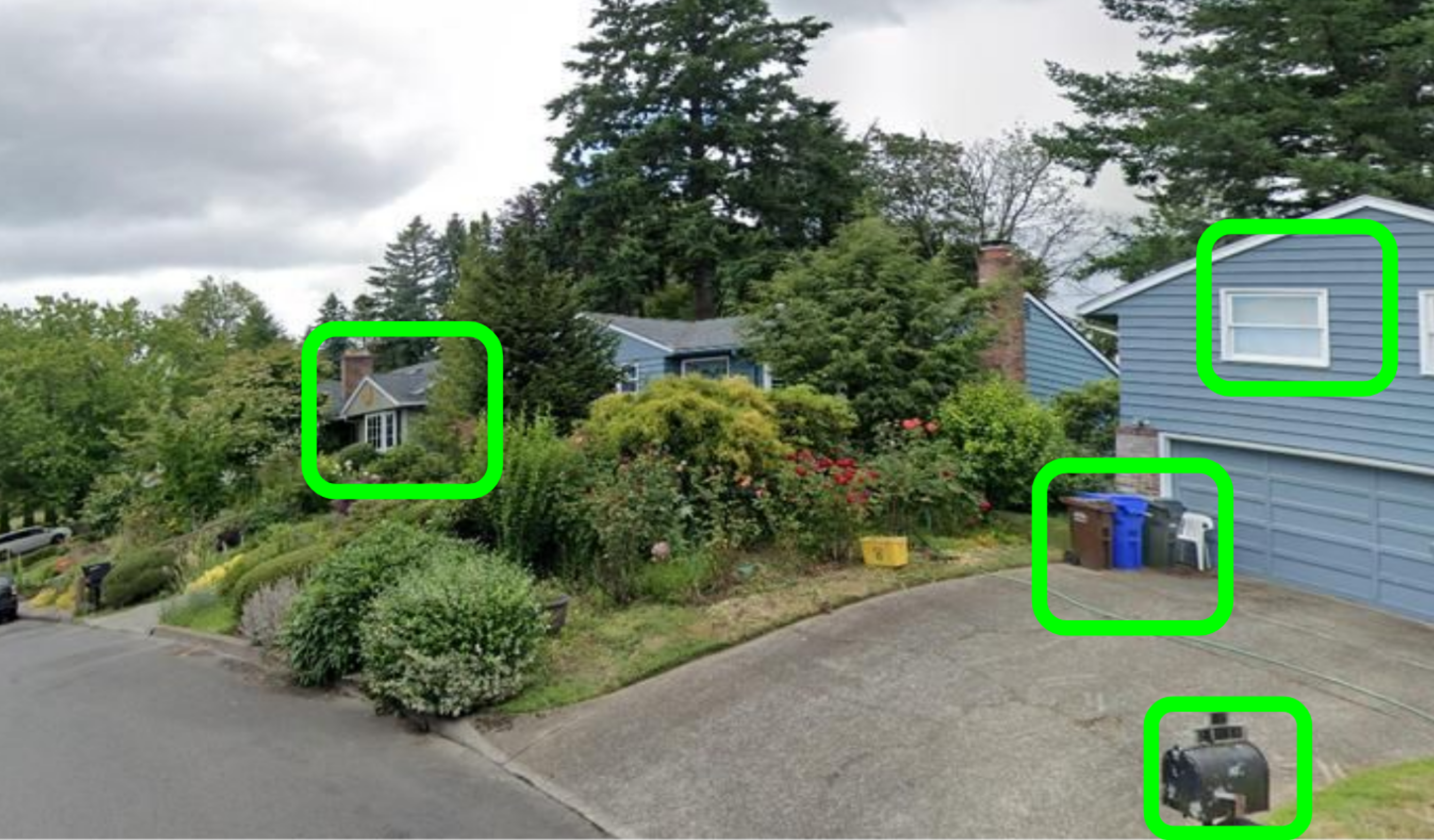
Mining typical visual elements
Typical visual elements of a location/style/date are:
- discriminative: they distinguish one location from another
- frequent: they appear repeatedly across multiple images of the same location.
- localized (patches)
Diff-mining 1 proposes a diffusion model based solution.
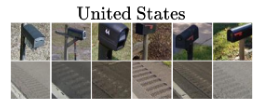
Related work
“What makes Paris look like Paris?” 1
- Select random patches from Street-View Paris
- Compute features of the patches (HoG)
- Pick k-NN (positive patches) and k negative patches (for each patch) (1)
- Train a classifier from the patches (for each patch)
- Use the learned weights for patch distance and repeat (1)
- Keep the patches with best classifier performance
Related work

Related work : drawbacks
- Needs a different dataset for each location
- Process relatively slow
- Not the best features
- Dataset needs to be curated
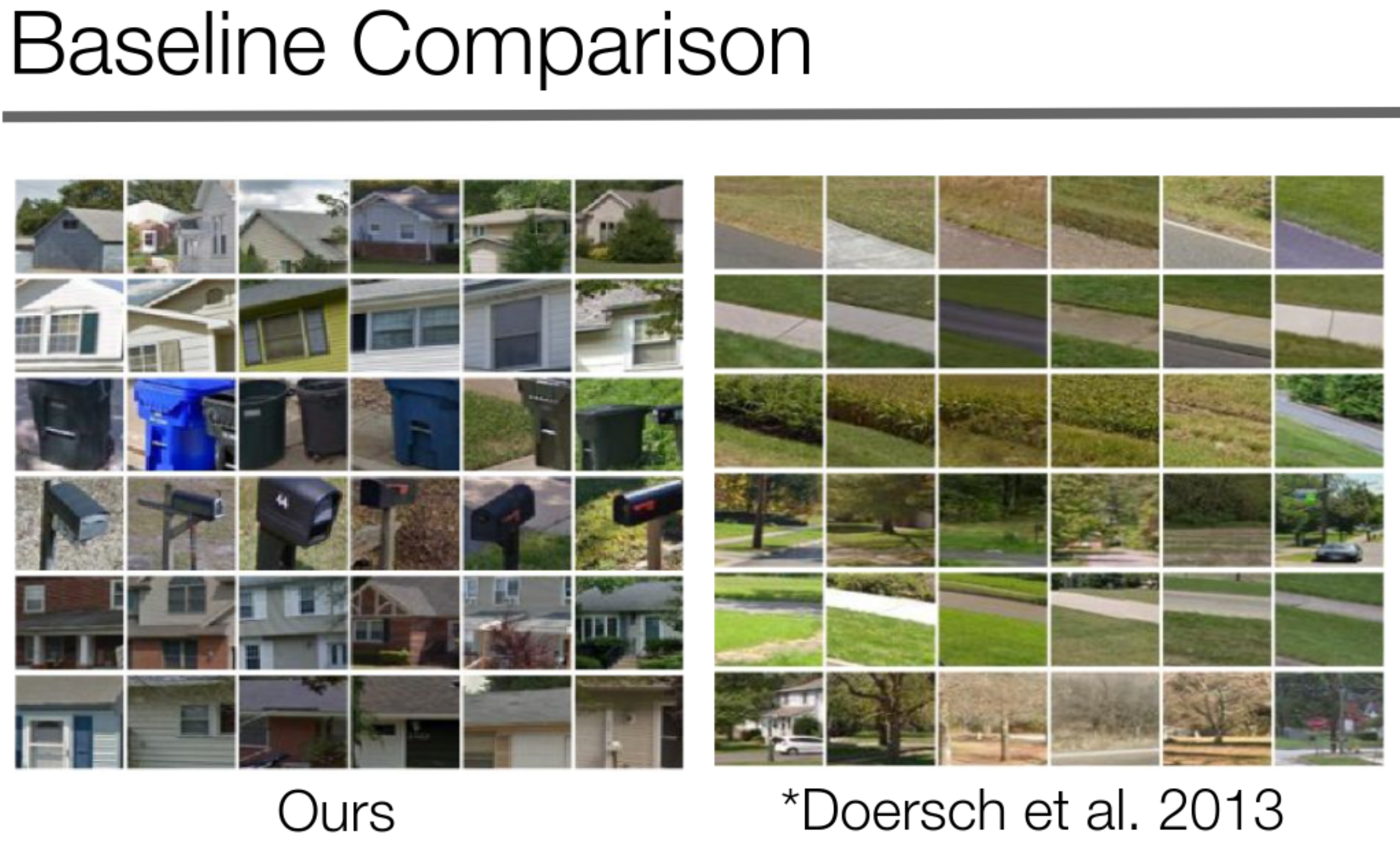
Diffusion models
- A denoiser \(\epsilon_\theta(x_t^\epsilon, t)\)
- Trained by minimizing \[ L_t(x, \epsilon) = ||\epsilon_\theta(x_t^\epsilon, t) - \epsilon||^2 \]
- Optionnally the denoiser \(\epsilon_\theta(x_t^\epsilon, t, c)\) is conditioned on an input \(c\) (e.g. text)
Diffusion based typicality
“We design our measure of typicality based on the following intuition: a visual element is typical of a conditioning class label (e.g., country name or date) if the diffusion model is better at denoising the input image in the presence of the label than in its absence.”
Typicality is defined as \[ T(x |c) = \mathbb{E}_{\epsilon, t} [L_t(x, \epsilon, \varnothing) - L(x, \epsilon, c)] \]
Typicality
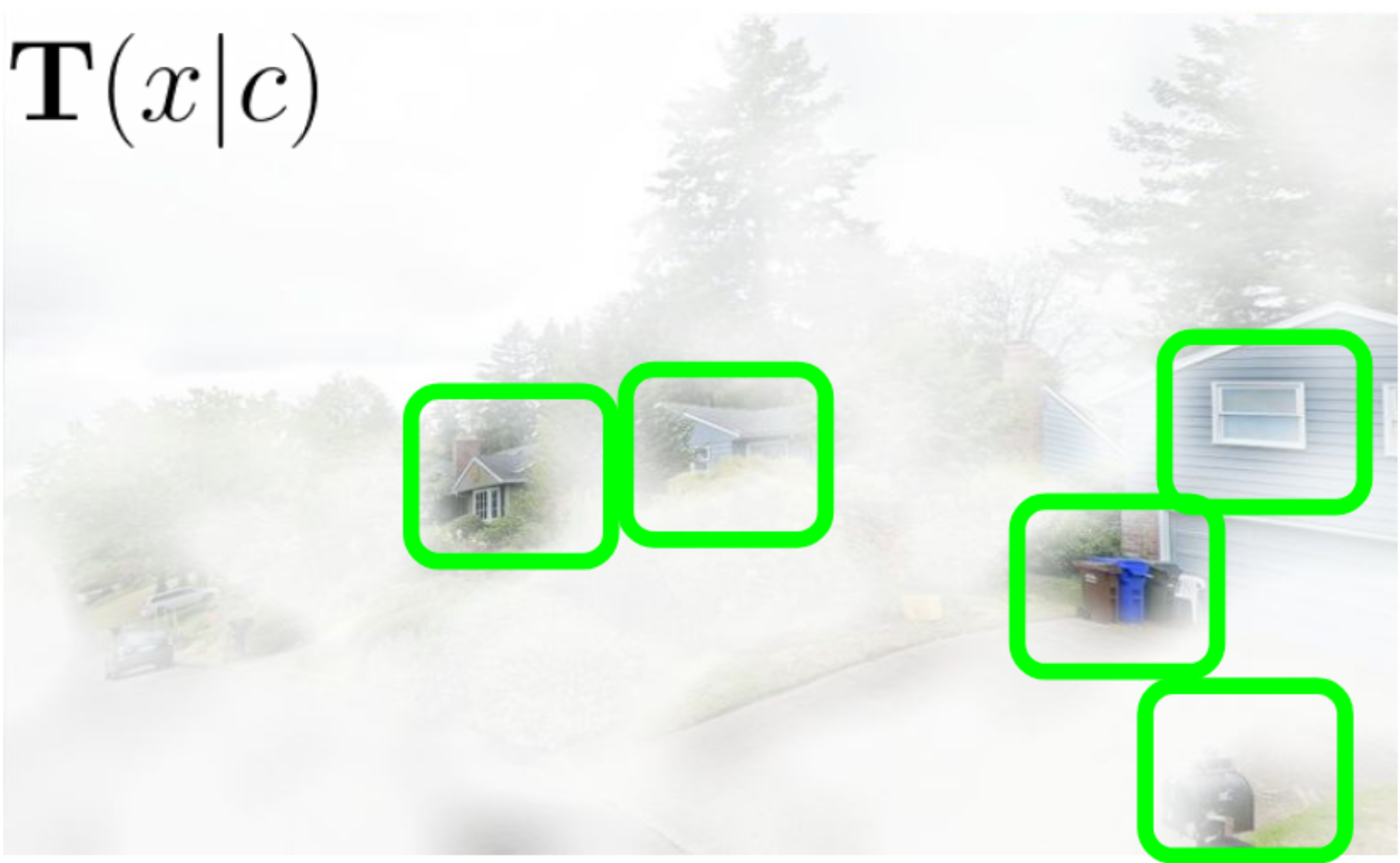
Mining visual elements of a dataset
- Finetuning a diffusion model (Stable Diffusion) on the dataset with class condition (“An image of {label}”)
- Gather most typical images in patches, and keep the 1000 most typical patches in the dataset
- K-Means clustering to obtain 32 patches (using DIFT features)
Results
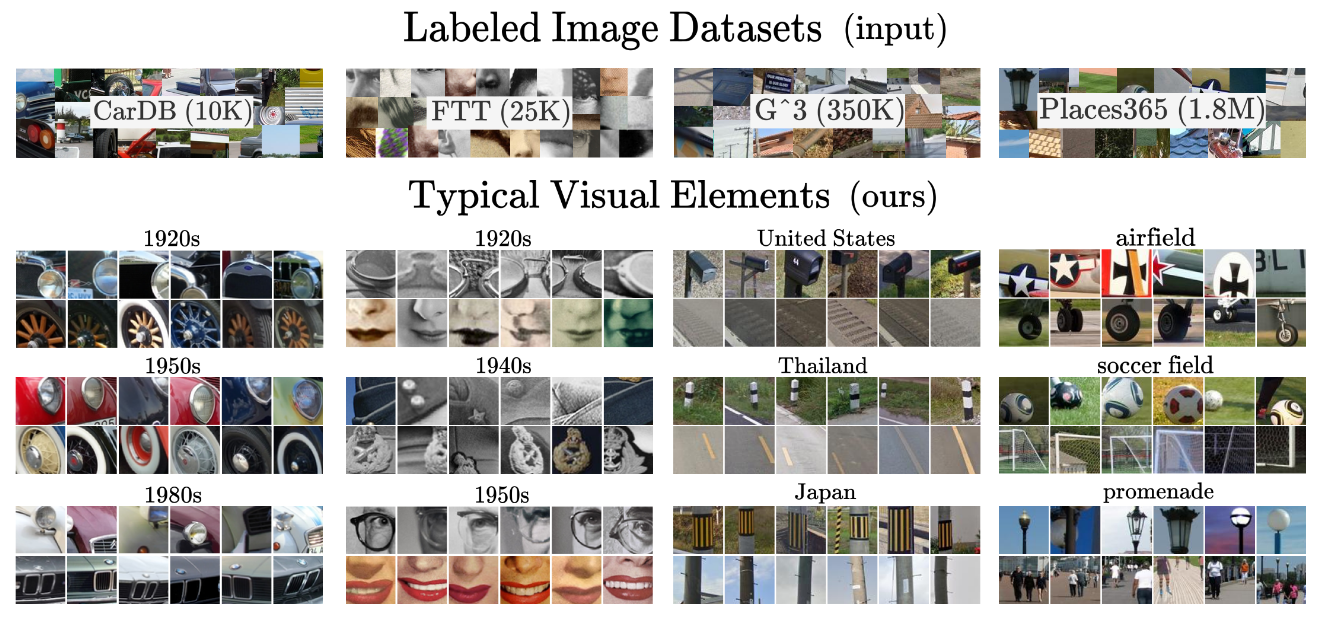
Results

Can we lift this idea to 3D?
“Co-Locating Style-Defining Elements on 3D Shapes” 1
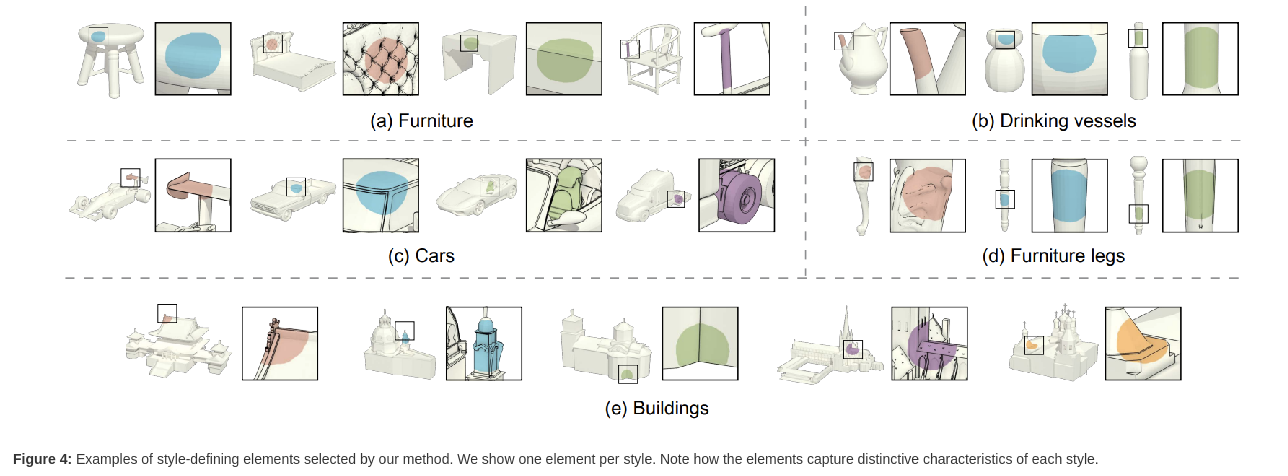
Can we lift this idea to 3D?
Main difficulties/question
- What would be the patch representation?
- Diff-mining is designed for dataset of > 10K images
- No similar dataset for shapes
- Can we generate the dataset ?
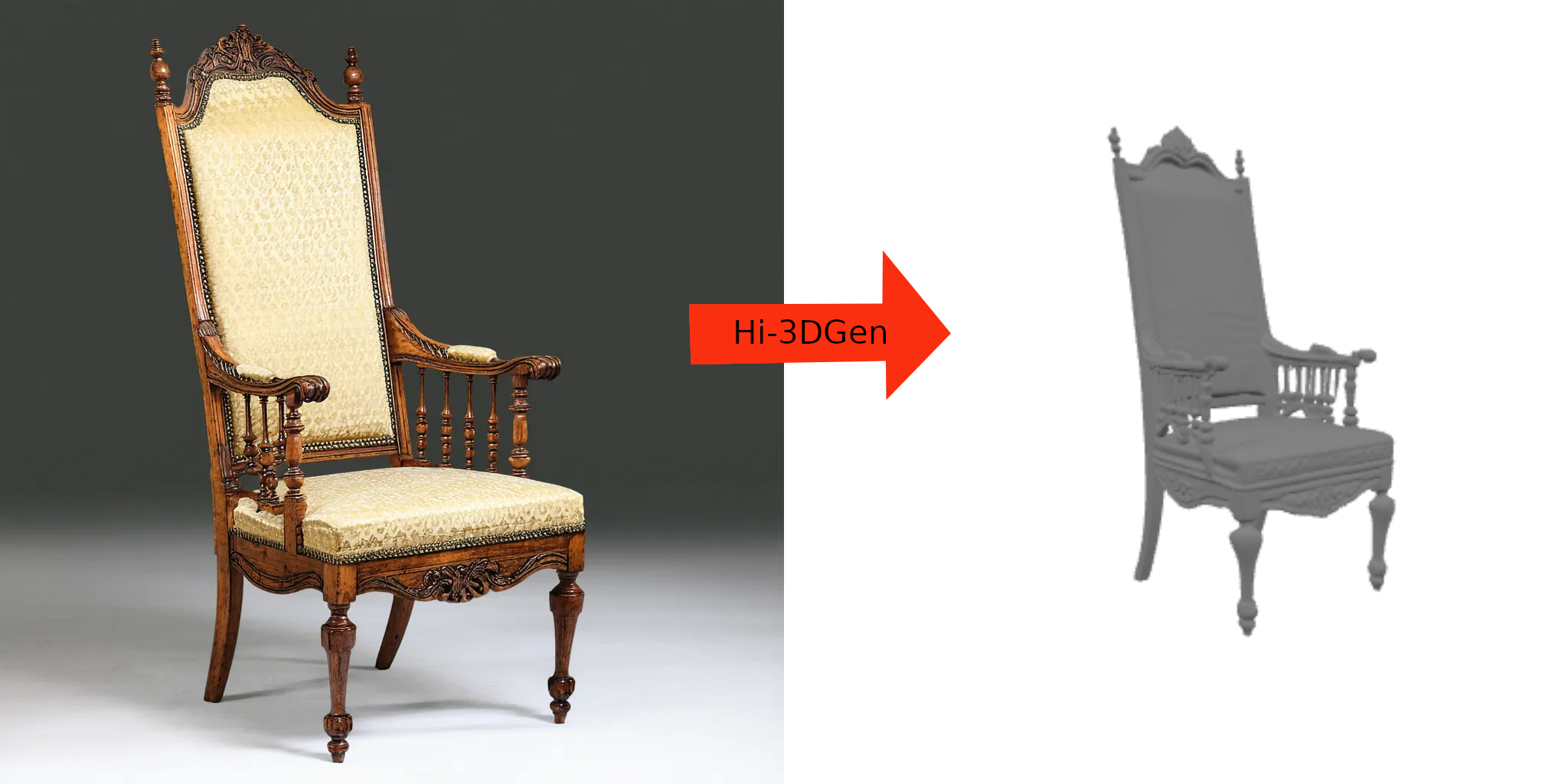
Stable diffusion prompt: “A Victorian-era chair crafted from natural wood, featuring carved spindles and a high, elegant back.”